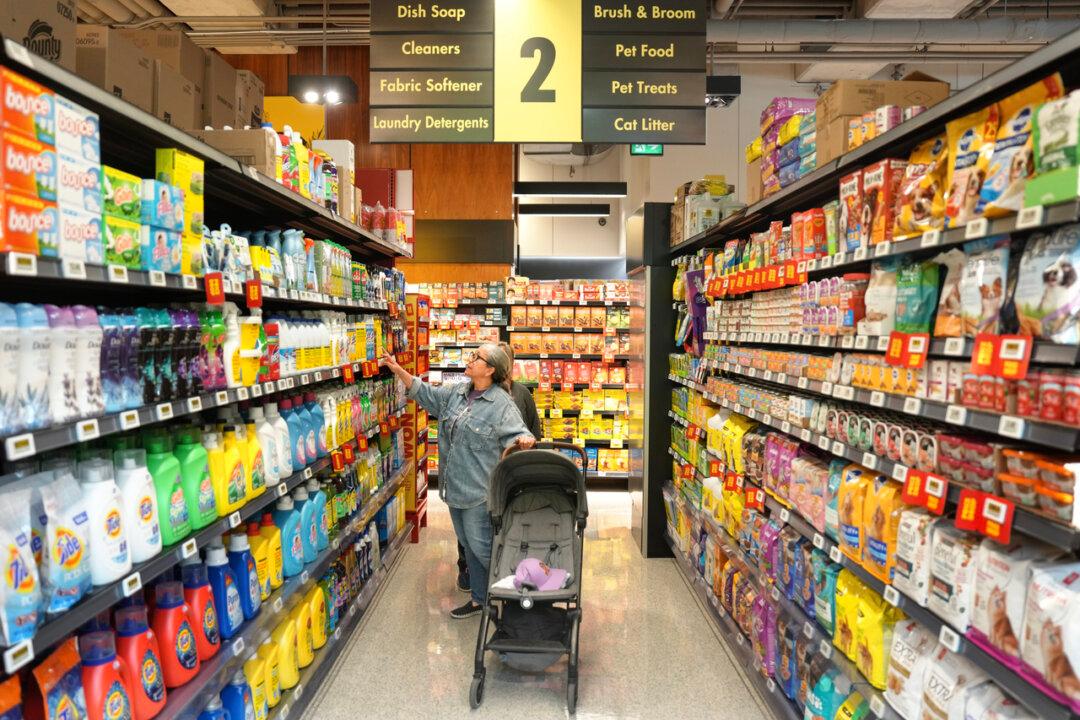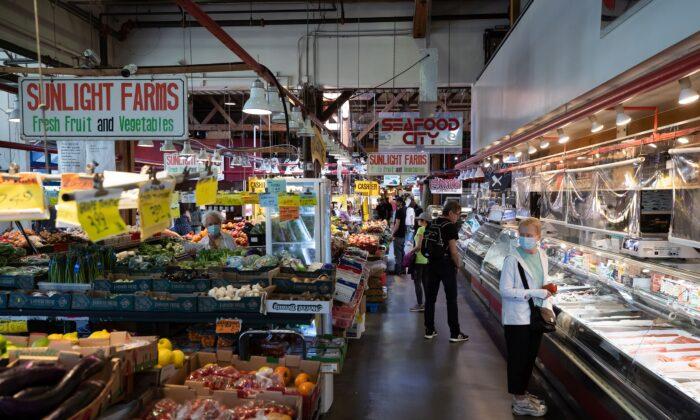As if shrinkflation wasn’t painful enough for all of us, it looks like the taxman is making shrinking packages even more painful for our wallets.
Shrinkflation occurs when a food manufacturer reduces quantities but continues to sell the product at the same price. We have seen this happening pretty much everywhere in all sections of the grocery store. It’s even happening in the fresh section, with strawberries and blueberries.
The Canada Revenue Agency (CRA) has provisions that make some smaller products taxable that aren’t in their larger forms. This policy is not new; it actually dates back to 2007, when the GST/HST memorandum was revised. Some articles of the memo even existed back in 1997.
But what is new is the number of products now subject to this Tax Act due to reduced quantities. An increasing number of products, hundreds, are now taxed that weren’t before.
The act’s policy section Schedule VI, Part III clearly defines a snack and the meaning of a single serving. For instance, the threshold for ice cream is 500 millilitres. Anything below that means the product is taxable as it is considered a snack, not as part of basic groceries. Cakes, muffins, pies, pastries, tarts, cookies, doughnuts, brownies, croissants with sweetened filling or coating, or similar products are all taxable if quantities are reduced below the thresholds specified by the act.
If food items are pre-packaged for sale to consumers in quantities of less than six items, these products are taxed. Grocery shopping is complicated enough, but now, due to shrinkflation, consumers have to worry about how much more they need to pay. Depending on the province you live in, it could add five to 13 percent more to the price tag of some products you’re buying. And chances are, you have likely never noticed.
Consumers are being double slammed by the industry and the taxman, in most cases, without knowing it. By “shrinkflating” a product, consumers get less and are taxed more. Just great.
The CRA’s GST/HST Memorandum 4.3 on taxable food products includes 156 articles. Few will ever understand or even know how to interpret the Tax Act and appreciate how it applies to the 18,000 to 25,000 food products you can find in a regular grocery store. Knowing how many items were taxed in compliance with the law is practically impossible.
With shrinkflation, many products which are now taxed find their way into lunchboxes for school children. Most of these products were designed to bring convenience to our lives, but paying more taxes is certainly not what most consumers would consider convenient.
Food at the grocery store should never be taxed unless it is serviced to be consumed right away. Or, at the very minimum, the Tax Act should be changed to exempt smaller single servings and packages that include less than six items.
Skrinkflation has been around for well over 30 years, perhaps even longer. The strategy has angered many consumers for obvious reasons. With food inflation at a 40-year-high, most consumers are blaming the industry for their ills at the grocery store.
Yet many tend to forget how our own fiscal regime also makes our food more expensive. For example, the carbon tax, which impacts food affordability through the supply chain, will rise to $65 a metric ton on Apr. 1 and will reach $170 a metric ton by 2030. It is incumbent that Canadians know how the policy will influence our food bill over time.
But while the carbon tax is hidden, sales taxes are very real for all of us. Higher food costs due to more taxes adds insult to injury. This is not unacceptable.





